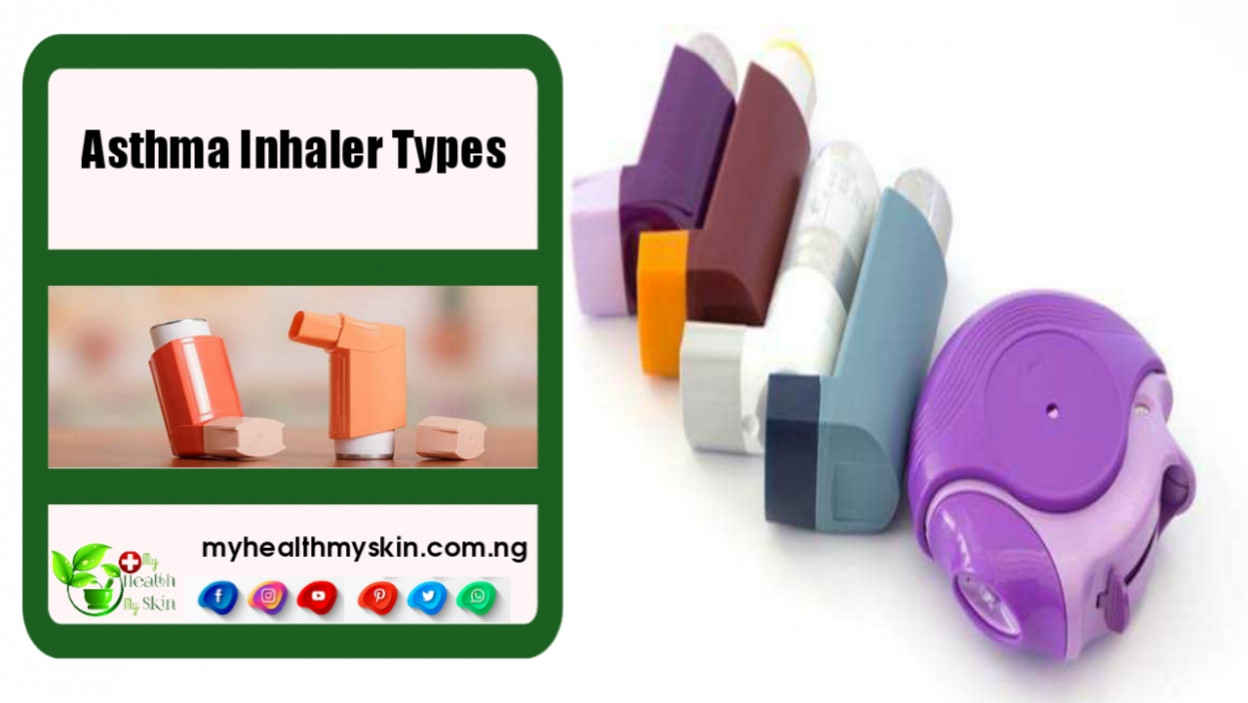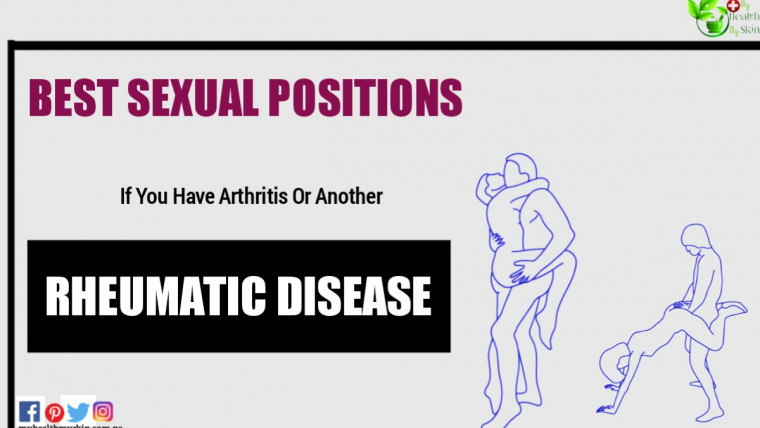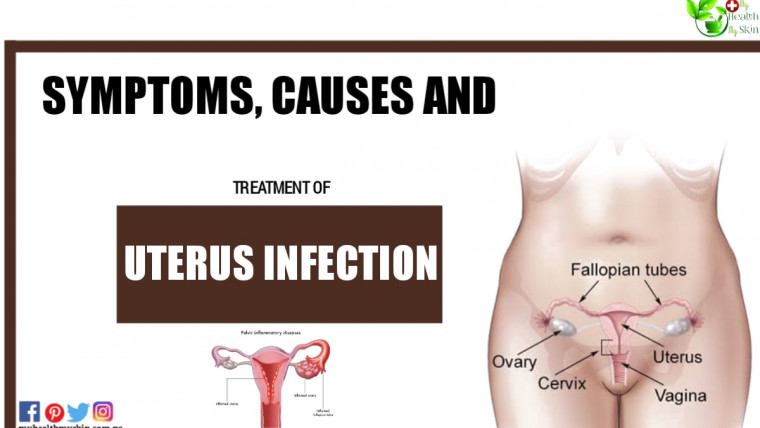Today we are going to talk about asthma inhaler types such as Aerolin, Berotec and Seretide, and how to use them.
They are indicated for the treatment and control of asthma and should be used according to the pulmonologist’s guidelines.
Let’s see what types are available, the best way to use and still buy. So read this article to the end and learn all about it!
Asthma Inhaler Types?
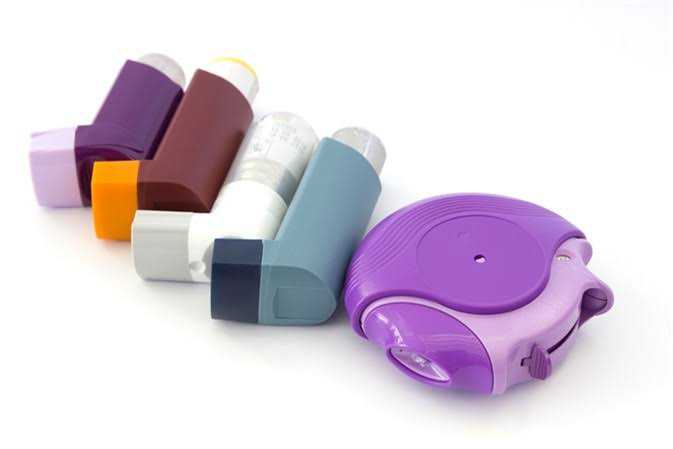
Asthma Inhaler are classified into two large groups: maintenance, for treatments, and relief.
The first one does not use bronchodilator drugs, it fights bronchial inflammation and helps reduce the need for the relief pump.
The second contains medications, being indicated only for immediate relief in cases of asthma attacks.
Basically, these are the two asthma inhalers types: those with a bronchodilator, to relieve symptoms, and inhalers with steroids, which are used to treat the inflammation of the bronchi, characteristic of asthma.
To use the asthma inhaler correctly, you must sit or stand and position your head slightly tilted up so that the inhaled powder goes directly into the airways and does not accumulate in the roof of the mouth, throat or on the tongue.
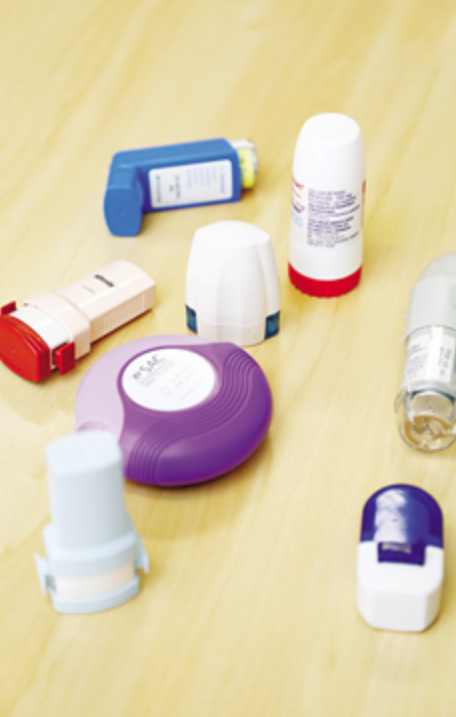
How To Use The Asthma Inhaler
1. In Teenagers And Adults
The step-by-step guide for adults to use the asthma inhaler correctly is:
- Release all the air from the lungs;
- Place the firecracker in your mouth, between your teeth and close your lips;
- Press the inhaler while breathing deeply through your mouth, filling your lungs with air;
- Remove the inhaler from the mouth and stop breathing for 10 seconds or more;
- Wash your mouth without swallowing so that traces of the medicine do not accumulate in the mouth or stomach.
- If it is necessary to use the pump 2 times in a row, wait about 30 seconds and then repeat the steps starting with the first step.
The amount of powder inhaled is usually not noticeable because it has no taste or aroma. To verify that the dose was correctly used, the dose counter present on the device itself must be observed.
Usually, the pump treatment is also accompanied by the use of other medicines, especially to reduce the chances of having an attack.
2. Children
Children over 2 years of age who use spray cans can use spacers, which are devices that can be purchased at pharmacies or online. These spacers are used to ensure that the exact dose of medication reaches the child’s lungs.
To use the asthma inhaler with spacer it is recommended:
- Place the valve on the spacer;
- Shake the asthma inhaler vigorously, with the mouthpiece down, 6 to 8 times;
- Fit the pump into the spacer;
- Ask the child to let the air out of the lungs;
- Place the spacer in the mouth, between the child’s teeth and ask to close the lips;
- Fire the spray bottle and wait for the child to breathe through the mouth (through the spacer) 6 to 8 times slowly and deeply. Covering the nose can help the child not to breathe through the nose.
- Remove the spacer from the mouth;
- Wash your mouth and teeth and then spit out the water.
If it is necessary to use the pump 2 times in a row, wait about 30 seconds and then repeat the steps starting with step 4.
To keep the spacer clean, wash the interior only with water and let it dry, without using towels or dish towels, so that no residue remains inside.
It is also advised to avoid the use of plastic spacers because the plastic attracts the drug molecules to it, so the drug can stick to its walls and not reach the lungs.
3. On The Baby
To use the asthma inhaler in babies and small children, up to 2 years old, you can use spacers that have a nebulizer shape, involving the nose and mouth.
To use the asthma inhaler in babies you must:
- Place the mask on the spacer mouthpiece;
- Shake the pump vigorously, with the mouthpiece down, for a few seconds;
- Insert the asthma inhaler into the spacer;
- Sit down and place the baby on one of your legs;
- Place the mask on the baby’s face, covering the nose and mouth;
- Fire the spray 1 time and wait for the baby to inhale for about 5 to 10 times through the mask;
- Remove the mask from the baby’s face;
- Clean the baby’s mouth with a clean diaper wet only with water;
- Wash the mask and spacer only with water and neutral soap, letting it dry naturally, without using a towel or dish towel.
If it is necessary to use the pump again, wait 30 seconds and start again with step 2.
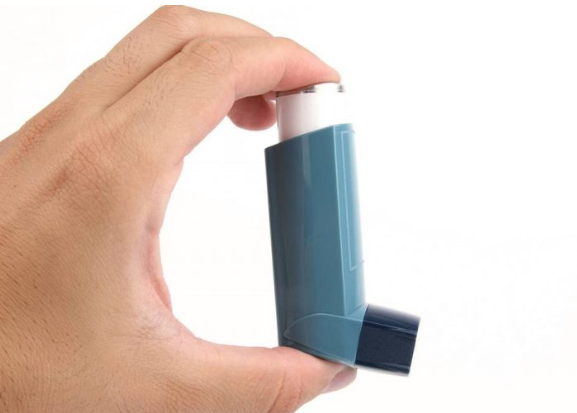
Most Frequently Asked Questions About The Asthma Inhaler
1. Is the asthma inhaler addictive?
The asthma inhaler does not cause dependence, so it is not addictive. It should be used daily, and at times it may be necessary to use it several times a day to achieve relief from asthma symptoms.
This happens when the asthmatic enters a period in which the asthma is more ‘attacked’ and his symptoms become stronger and more frequent and the only way to maintain correct breathing is to use the inhaler.
It is obvious that if it is necessary to use the asthma inhaler more than 4 times a day, an appointment with the pulmonologist should be made to assess respiratory function.
Sometimes it may be necessary to carry out tests, other medicines to control asthma, or adjust the dose to reduce the use of the inhaler.
2. Is The Asthma Inhaler Bad For The Heart?
Some asthma inhalers can cause cardiac arrhythmia immediately after use. However, this is not a dangerous situation and does not reduce the asthmatic’s years of life.
The correct use of the asthma inhaler is essential to facilitate the arrival of air to the lungs, and the lack of use and its inappropriate use can cause asphyxia, which is a serious situation, a medical emergency
3. Can Pregnant Women Use The Asthma Inhaler?
Yes, the pregnant woman can use the same asthma inhaler she used before becoming pregnant, but in addition to being accompanied by the obstetrician, it is indicated that she also arrives accompanied by the pulmonologist during pregnancy.
Other Care
In order for the medication to be absorbed correctly, it is important to maintain breathing coordinated with the release of the medication.
To do so, just release the air from your lungs just before inhaling, position the nebulimeter, activate the spray and, at the same time, slowly draw in the air.
When you finish breathing in, mentally count to ten, holding your breath. This guarantees perfect penetration of the drug into the lungs.
If the person needs to do more than one inhalation, it is important to observe an interval of at least 1 minute between one and the other, to avoid choking and ensure effectiveness in the application.
6. Are There Other Solutions Besides The Asthma Inhaler?
In addition to asthma inhaler, there are other equipment, such as methods that use nebulization or inhalation, with air compressors and ultrasonic inhalers.
Nebulizers and inhalers are effective resources for various types of respiratory diseases, such as asthma, rhinitis, sinusitis, among others.
7. How Is The Inhaler Used?
To use the inhaler in the best way, it is necessary to sit comfortably, positioning the mask to cover your nose and mouth, in order to deeply inhale the air that is released. During the procedure, it is important to prevent the solution from leaking out of the cup.
After using the inhaler, it is essential to sanitize it properly to ensure good maintenance and ensure that inhalations are always done correctly, so that the effects are effective for the treatment. Perfect hygiene requires sterilization of all components.
It is worth mentioning that hygiene can be done with hot water, sterilizing the hose, mask and cup. Accessories can also be washed and soaked in mild soap for 30 minutes, drying all items before putting them away.
8. Are All Inhalers The Same?
There are three asthma inhaler types: the Compressor, the Ultrasonic and the Vibrating Network.
The first works with an air pump and has an electric drive coupled to a micronebulizer.
When the pump is activated, the air is quickly directed through the micronebulizer orifices, transporting the liquid and generating a mist that is inhaled by the patient.
The ultrasonic, on the other hand, captures the electrical energy, transforming it into mechanical vibrations, which produce a mist with tiny drops, which are transported through the air.
The biggest difference between the models is that the latter has no noise during operation and allows inhalation in any position.
The Vibrating Network models refer to the new electronic nebulizers, with Mesh technology, which uses a microperforated membrane, located on top of the liquid reservoir.
They work by vibrating this membrane, which promotes a pressure difference, causing the mixture to be nebulized to pass through the microperforations, thus generating the aerosol.
These meshes can be active or passive. The active ones have opening plates containing thousands of funnel-shaped holes, which are vibrated by means of a ceramic component that delimits the opening plate.
The passive mesh uses an ultrasonic horn that allows directing the fluids. Nebulizers with this technology are portable and silent, running on battery or electric current.
As we have seen, the asthma inhaler is very important to treat patients who have this condition and relieve symptoms when attacks occur.
In addition to these equipment, patients can also count on inhalers, which are as efficient as the Compressor, the Ultrasonic and the Vibrating Network for the treatment of respiratory crises and essential for the inhalation of certain medications.
What Are The Main Medications Used To Treat Asthma?
The drugs used to treat asthma will depend on several factors, such as age, symptoms presented and how often they appear, health history, severity of the disease and intensity of attacks.
In addition, there are medicines that are used daily to control the disease and prevent crises, improving quality of life, while others are indicated only in acute situations, for immediate relief from crises.
Top Remedies To Control Asthma
These medicines are indicated to control asthma in the long term, and to prevent attacks, and should be taken daily:
1. Long-acting Inhaled Bronchodilators
Bronchodilators are drugs that dilate the bronchi in the lungs, making it easier for air to enter. For long-term treatment, those that are indicated are long-acting bronchodilators, which exert an effect for about 12 hours.
Some examples of long-acting inhaled bronchodilators are salmeterol and formoterol, which should be used in combination with a corticosteroid.
These remedies should not be used during an asthma attack.
2. Inhaled Corticosteroids
Corticosteroids have an anti-inflammatory action, which reduces the chronic inflammation present in the asthmatic’s lungs.
These should be used daily for asthma control and asthma attack prevention.
Some examples of inhaled corticosteroids are beclomethasone, fluticasone, budesonide and mometasone, which should be combined with an inhaled bronchodilator, such as those mentioned above.
Usually, the doctor indicates the use of an inhaled medicine, which is what we popularly call an asthma ‘fire pump’, which contains a bronchodilator and an inhaled corticosteroid, which facilitates the treatment and control of the disease.
3. Leukotriene Blockers
In some cases, the doctor may also prescribe a leukotriene blocker, which works by preventing the narrowing and swelling of the airways in the lungs caused by leukotrienes.
Some examples of these drugs are montelukast and zafirlukast, which must be administered in the form of tablets or chewable tablets.
4. Xanthines
Theophylline is a xanthine with bronchodilating action, which, although not widely used today, can also be indicated for the maintenance treatment of asthma, as it contributes to the relaxation of the airway muscles.
Main Drugs To Treat Asthma Attacks
The remedies indicated to treat asthma attacks should only be used at the moment when the attack appears or before making efforts, which imply an increase in respiratory rate, if the doctor recommends it.
1. Short-acting Inhaled Bronchodilators
As we saw earlier, bronchodilators are drugs that dilate the bronchi in the lungs, making it easier for air to enter.
For the treatment of crises, those that are indicated are short-acting bronchodilators, which act in a few minutes and exert an effect for about 4 to 6 hours.
Some examples of short-acting inhaled bronchodilators are salbutamol and fenoterol.
2. Systemic Action Corticosteroids
If an asthma attack occurs, it may be necessary to administer corticosteroids of systemic action, either orally or intravenously, such as prednisone and methylprednisolone. These remedies should not be used for a long time to treat asthma.
How To Give First Aid To Someone With An Asthma Attack?
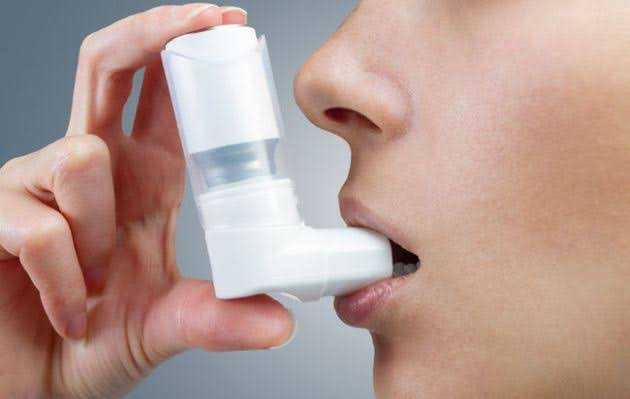
To relieve asthma attacks, it is important that the person stay calm and in a comfortable position and make use of the inhaler.
However, when the inhaler is not nearby, it is recommended that medical help is called and the person remains calm and in the same position until breathing is controlled and medical help arrives.
- To provide adequate first aid it is recommended that:
- Calm the person down and help them sit in a comfortable position;
- Ask the person to lean forward slightly, placing their elbows resting on the back of a chair, if possible, to facilitate breathing;
- Check to see if the person has any asthma medication, or inhaler, and give the medication. Call an ambulance quickly, calling 911 if the person stops breathing or does not have a firecracker nearby.
- In case the person faints and is not breathing, cardiac massage should be started to keep the heart working and help save life.
Asthma attacks can be identified through some symptoms, such as intense difficulty breathing and purple lips, and can be avoided through food, for example.
What To Do When The Asthma Inhaler Isn’t Around
In cases where there is no asthma inhaler nearby, it is advisable to remain still in the same position until medical help arrives, so that the body does not quickly use up the little oxygen that is entering the lungs.
In addition, it is recommended to loosen clothing that could cause obstruction of breathing, remain calm and try to breathe slowly, breathing in through the nose and out through the mouth until medical help arrives.
How To Avoid An Asthma Attack?
To avoid asthma attacks, it is important to identify the factors that worsen the symptoms and then try to avoid them on a day-to-day basis. Some of the most common factors include pollution, allergies, cold air, dust, strong smells, or smoke.
In addition, situations of cold, flu or sinusitis, for example, can also cause the emergence of more intense symptoms of asthma, facilitating crises.
Thus, it is essential to maintain the treatment indicated by the doctor even when the symptoms have not appeared for a long time, as they help to prevent the emergence of new crises.
A good tip is to always keep an extra asthma inhaler close by, even if it is no longer needed, so that it can be used in times of crisis or emergency.
What To Eat?
Asthma attacks can also be prevented through diet, through consumption of anti-inflammatory foods that help control lung inflammation and relieve asthma symptoms.
How Does Asthma Develop In A Baby?
Childhood asthma is more common when one of the parents is asthmatic, but it can also develop when the parents do not have the condition. Asthma symptoms can manifest in childhood or adolescence.
Baby asthma symptoms can include:
- Feeling short of breath or wheezing when breathing more than once a month;
- Cough caused by laughter, intense crying or physical exercise;
- Cough even when the baby doesn’t have the flu or a cold.
There is a greater risk of the baby having asthma when one of the parents is asthmatic, and if there are smokers in the house.
The fur of animals only causes asthma if there is a genetic predisposition/allergies to the fur, by itself, the animals do not cause asthma.
The diagnosis of asthma in the baby can be made by the pulmonologist/pediatric allergist, but the pediatrician may suspect the disease when the child presents the signs and symptoms of asthma.
Baby Asthma Treatment
The treatment of asthma in babies is similar to that of adults, and should be done with the use of medication and avoiding exposure to substances that can trigger an asthma attack.
In babies and children under 3 years of age, the pediatrician or pediatric pulmonologist will guide the nebulization with asthma medicines diluted in saline solution, and only generally from the age of 5, can she start using the pump asthma.
The pediatrician may also recommend nebulization with corticosteroid medicines, such as Prelone or Pediapred, once a day to prevent the onset of asthma attacks and having the flu vaccine every year, before the onset of winter.
If in an asthma attack the medicine seems to have no effect, you should call an ambulance or take the baby as soon as possible to the hospital.
In addition to the use of the medicine, the pediatrician should guide parents to take some care at home, especially in the baby’s room, to avoid the accumulation of dust.
Some useful measures are to remove rugs, curtains and carpets from the house and always clean the house with a damp cloth to always remove all dust.
What Should A Baby’s Room Be Like With Asthma?
Parents should pay special attention when preparing the baby’s room, as this is where the baby spends the most time during the day. Thus, the main care in the bedroom includes:
- Use anti-allergic covers on the mattress and bed pillows;
- Swap blankets for comforters or avoid using fur blankets;
- Change bedding every week and wash it in water at 130ºC;
- Place washable rubber flooring, as shown in image 2, in the places where the child plays;
- Clean the room with a vacuum cleaner and a damp cloth at least 2 to 3 times a week;
- Clean the fan blades once a week, avoiding the accumulation of dust on top of the device;
- Remove rugs, curtains and carpets from the child’s room;
- Prevent animals, such as cats or dogs, from entering the baby’s room.
In the case of a baby who has symptoms of asthma due to changes in temperature, it is also important to wear clothes appropriate for the season to avoid sudden changes in temperature.
Also, plush dolls should be avoided as they accumulate a lot of dust. However, if there are toys with fur, it is advisable to keep them closed in a closet and wash them at least once a month.
This care must be maintained throughout the house to ensure that allergic substances, such as dust or fur, are not transported to the place where the baby is.
What To Do When The Baby Has An Asthma Attack?
What you should do in the baby’s asthma crisis is to nebulize with bronchodilator drugs, such as Salbutamol or Albuterol, prescribed by the pediatrician. For this you must:
- Place the number of drops of the medicine indicated by the pediatrician in the nebulizer cup;
- Add, in the nebulizer cup, 5 to 10 ml of saline solution;
- Position the mask correctly on the baby’s face or put it together in the nose and mouth;
- Turn on the nebulizer for 10 minutes or until the medicine disappears from the cup.
The nebulizations can be done several times during the day, according to the doctor’s indication, until the baby’s symptoms subside.
When Should I Seek Medical Help?
Parents should take their baby to the emergency room when:
- Asthma symptoms do not subside after nebulization;
- More nebulizations are needed to control symptoms than those prescribed by the doctor;
- The baby has purplish fingers or lips;
- The baby is having trouble breathing, becoming very irritable.
In addition to these situations, parents should take the baby with asthma to all routine consultations scheduled by the pediatrician to assess their development.
And In Pregnancy? How To Proceed In Case Of Asthma?
Asthma, when not controlled with medication, can harm the baby, because when it does not receive enough oxygen from the mother, it can suffer growth disorders.
Thus, to treat asthma during pregnancy , it is recommended to use asthma medicine, popularly known as ‘bombinha’, and to follow all precautions indoors to avoid exposure to dust, which can worsen asthma.
Top Remedies For Asthma In Pregnancy
Asthma medication during pregnancy can be the same that the woman was already using before becoming pregnant, but only if recommended by the doctor, as there are medications that may be safer in pregnancy.
Excessive use of asthma medicine should be avoided and, therefore, it is recommended to avoid contact with pollen, dust, dogs and cats, perfumes and intense aromas, to avoid an asthma attack.
Late in pregnancy, the expectant mother may experience shortness of breath due to uterine growth, which narrows the space in the lungs, and this can sometimes be confused with asthma symptoms.
So, before using the asthma medicine, one should try to improve breathing and if it does not improve, then use the asthma medicine.
How Should An Asthmatic Woman Give Birth?
The delivery of women with asthma can be performed normally or by cesarean section, according to the obstetrician’s indication. During normal delivery, a woman can use the medications she used during pregnancy to relieve asthma symptoms, without risk to the baby.
However, in case of severe, difficult-to-control asthma, the doctor may suggest a cesarean section because the pain and emotions involved in vaginal delivery can trigger an asthma attack.
You May Also Like:
- 8 Causes Of Bitter (Metallic) Taste In The Mouth And How To Avoid It
- Calculus Bridge: Causes, Side Effects, Removal & Prevention
- Hydrophilic Cotton – Understand Everything About It!
- How To Make The Baby Sleep Through The Night? Check Out These 5 Tips!
- Why Do I Experience Metallic Taste In Cough? Check All Details Here!
Common questions about Asthma in Pregnancy
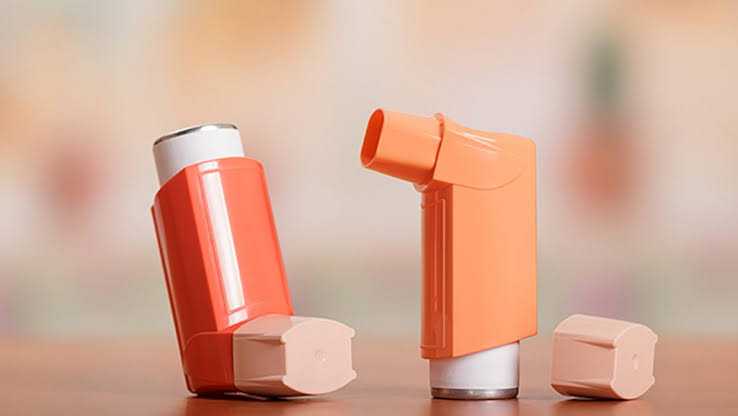
1. Can A Pregnant Woman Take The Asthma Medicine During Pregnancy?
Yes, the pregnant woman can continue taking the asthma inhaler during pregnancy, as long as it is authorized by the doctor.
2. Can The Asthma Inhaler Harm The Baby?
Asthma medications can pass to the baby through the placenta, so they should be used under medical supervision.
Those that are safest and with caution should be used. Under these conditions, treatment for asthma does not harm the baby and the benefits of the medication outweigh the possible risks.
3. Can Asthma Medications Be Used While Breastfeeding?
After the baby is born, a woman can breastfeed normally because the medicines that the mother uses to control asthma pass in small amounts into breast milk. However, the woman should use those that are considered safe for breastfeeding.
4. Does The Presence Of Asthma Make A Pregnancy Risky?
Usually not, because asthma can be controlled with the medication indicated by the pulmonologist. But in some cases, and if the treatment for asthma is not carried out correctly, asthma can worsen and even be fatal, putting both the life of the woman and the baby at risk.
5. Does Asthma Improve Or Worsen During Pregnancy?
In general, women who have mild asthma, controlled with the inhaler, have a decrease in asthma symptoms, while women who already had difficult asthma control before becoming pregnant tend to have more severe symptoms.
Therefore, treatment should be indicated by the obstetrician in conjunction with the pulmonologist.
When the symptoms are mild and easy to control with the asthma inhaler, the woman’s prenatal care is exactly the same as that of another woman who does not have asthma.
In the case of pregnant women who have difficult-to-control asthma, the obstetrician may request a spirometry test in the 1st, 2nd and 3rd trimester of pregnancy, to check their respiratory capacity using a small device called peakflow, which indicates whether the air can reach the lungs.
6. Will The Baby Be Born With Asthma?
It is true that the children of mothers with asthma have a higher risk of developing the disease, because it is caused by a genetic alteration, which can be passed from mother to child.
When only the mother has asthma, the baby’s risk of having asthma is 25% and increases to 50% if the father is also asthmatic.
Where To Buy Asthma Inhaler?
You can find your ideal asthma inhaler on Walmart. Here, with just one click, you will find the best price and the best delivery condition for your medicine depending on the region you live in. Access right now and get yours!
If you want to read more articles similar to asthma inhaler types – how to use them and which ones are available? we recommend you visit our Health Products & Legitimate Online Business category. Share on your social networks and stay tuned for upcoming articles.
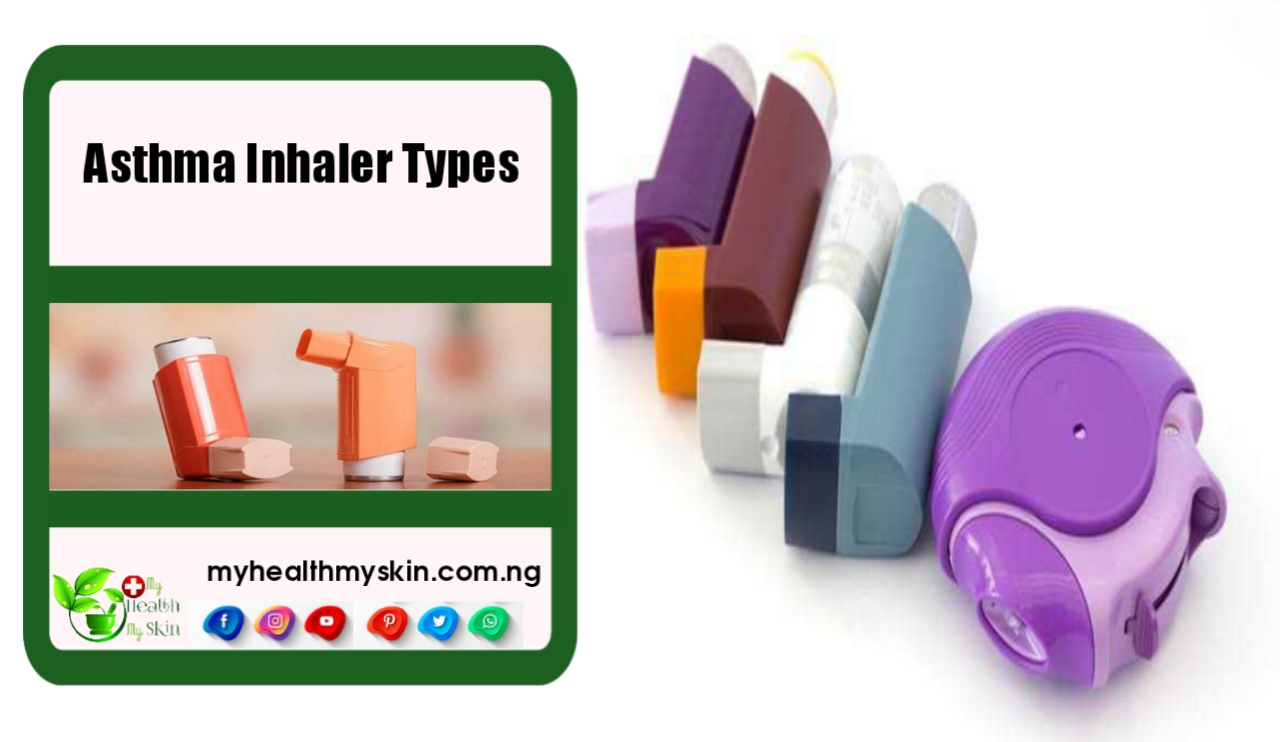
Do You Have Any Interesting Experiences To Share With Us While Being Treated For Asthma? Comment Below, Your Opinion Is Important To Us!

